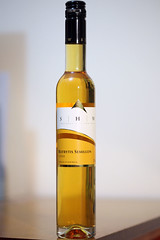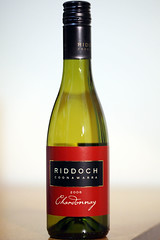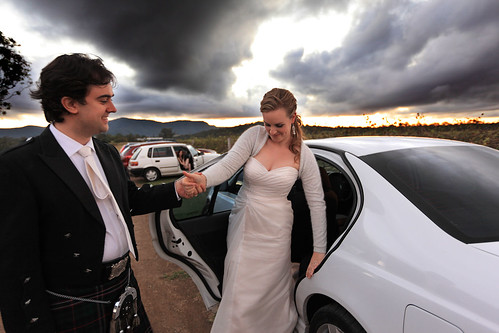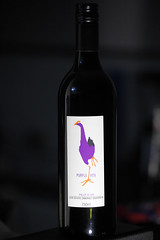Once again my friends and I are organising the annual CiSRA Puzzle Competition, which has just opened for team registration. Part of the process of running such a competition is of course creating the puzzles, which is a lot of fun.
Another part, for the sake of the competition format, is writing a series of 3 hints for each puzzle. The puzzles are worth points, and the point value decreases as more hints are released over time. We’ve actually spent many hours discussing (or arguing may be a more accurate term) how to approach the writing of hints.
A major problem with trying to run a competition like this and writing suitable hints is that we get feedback from participants criticising the structure of the hints. In particular, people strongly dislike it when they feel they have done most of the hard work involved in solving a puzzle, and are stuck at the final step, and we release the first hint, and it tells them about one of the initial steps of the puzzle – a step they already figured out with their own effort.
This is understandable. We’ve felt exactly the same frustration ourselves when participating in other puzzle competitions. When you’ve put in hard work and figured something out by yourself, the last thing you want to see is a hint that lets the other teams who haven’t figured it out yet catch up to where you are. What you really want is a hint that helps you. Ideally a hint that helps you and nobody else!
We could write hints so that the first hint helps people stuck at the final hurdle in the puzzle, and only later hints give away the earlier bits of the puzzle. But what does that mean? It means we’re helping the good teams. The teams full of strong puzzle solvers, who are already ahead of most of the pack, because they’ve probably already solved a bunch of other puzzles that other teams are still struggling with. And we’re not helping the weak teams – the ones who really need a kick start to even know what the first step in the puzzle is. If we did this, the effect would be to boost the strong teams and give nothing to the weaker teams. It would be making the already strong teams “win more”.
On the other hand, we can structure the hints so that the first hint helps people with the first step of the puzzle, the second hint helps with an intermediate step, and the final hint helps with the final step. What does this approach do? It helps the weaker teams to get a leg up on puzzles that they were really having difficulty just starting on. It doesn’t help them with the rest of the puzzle.
Now if we assume the stronger teams have figured out steps 1 and 2 by themselves, maybe 20 hours ago, and a weak team is now given a helping hand with step 1 by the first hint, while the first hint doesn’t help the stronger teams… do you know what? The stronger teams will still generally solve the puzzle first! They still have the advantage of being better puzzle solvers, and the extra advantage of 20 more hours to cogitate on the final step. Hints that help the weaker teams just level the field a little bit. They don’t help weak teams to beat strong teams.
And levelling the field a bit is useful. Imagine you’re on a team that is struggling to figure out how to even start a puzzle. A day later the first hint is revealed, and it’s a big hint for the final step of the puzzle – a step you’re not even up to yet! It helps the strong teams, not you! That’s discouraging – you’re falling even further behind. You may as well give up on this lousy competition.
So hints that step through the puzzle in order are useful to encourage teams to stay in the competition. They flatten the point spread a bit. And they don’t really hurt the best teams – the ones who are (understandably) a bit frustrated that the other teams are “catching up” thanks to hints. Because, I’ll say it again, the best teams are going to solve those hard puzzles before the weaker teams anyway. When the last hint comes out that gives the game away, the strong teams will still beat the weak teams who have been guided through the early steps by the first two hints.
So that’s the main principle we use when writing hints. We sometimes cop flak from strong teams who feel frustrated, but we’re okay with that. A second principle is that we also try to mitigate that a bit by making hints double-barrelled if we can. The first hint must provide a somewhat strongish clue about how to start the puzzle, but may also provide a more or less cryptic hint to getting past a later roadblock step. It should be slightly cryptic, to give us room to make it more obvious with a later hint.
I actually argued against doing this, but some of the other puzzle organisers were so adamant that we had to give something to the teams stuck on the last step that we adopted it as an option.
Anyway, the basic point of this post is that figuring out the philosophy of puzzle hint writing is difficult and full of contradictory pulls and opinions. It’s something we’ve actively spent time arguing over, to arrive at what I’d describe as a slightly uneasy truce, rather than total agreement. Further, this serves as an illustration that what many people may think of as some rather trivial consideration can be extremely complicated and involve deep questions of game-theoretical philosophy. If you’re serious about organising something like a puzzle contest, you’d better be prepared to think deeply about stuff like this.





